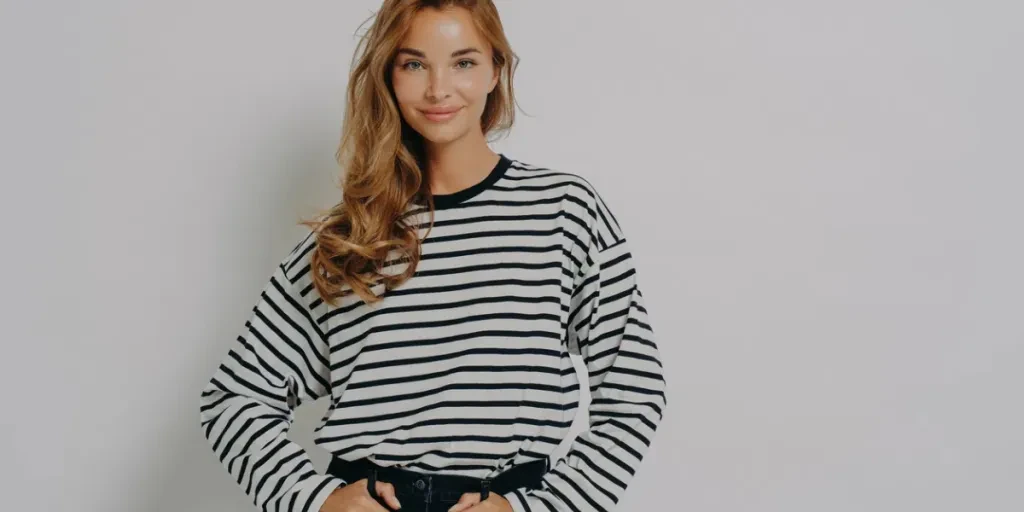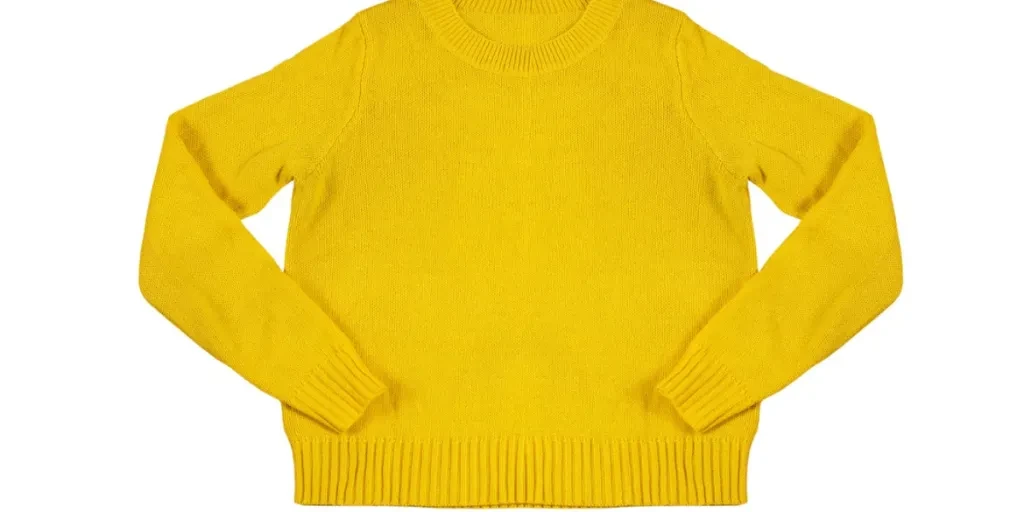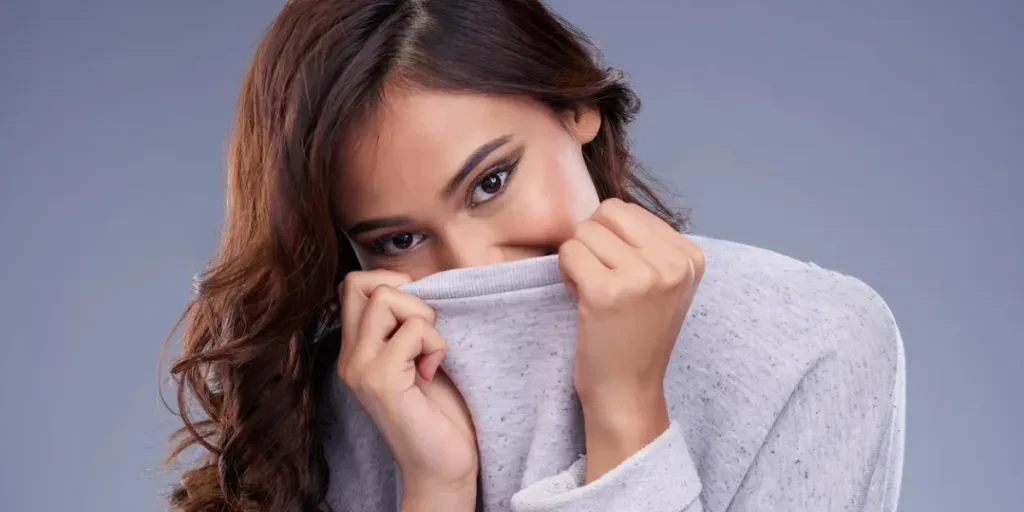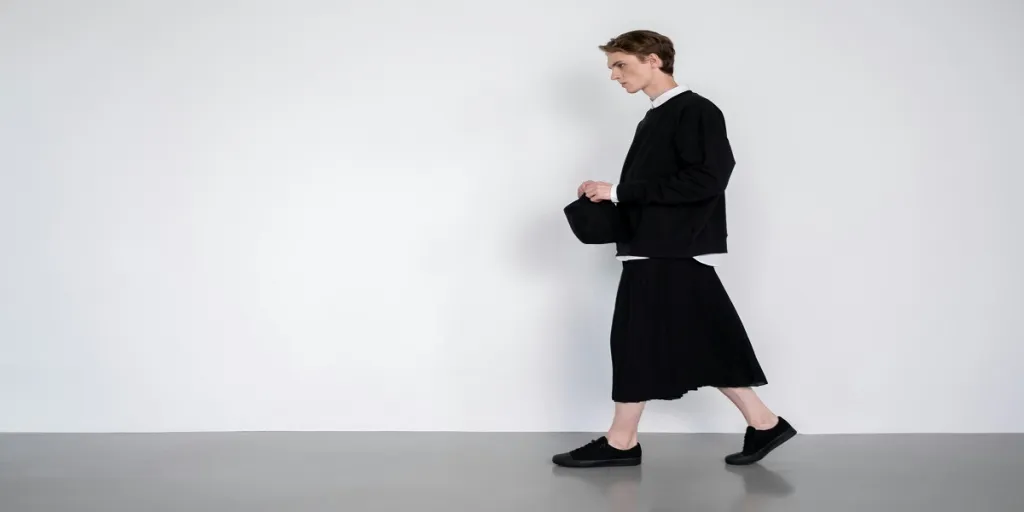As the demand for functional and stylish winter wear continues to rise, long sleeve thermal tops have emerged as a staple in the apparel industry. These versatile garments offer both warmth and comfort, making them a popular choice for consumers across various regions. In this article, we will explore the market trends, key players, and regional insights that are shaping the future of long sleeve thermal tops.
Table of Contents:
– Market Overview
– Growing Demand for Thermal Apparel
– Key Players in the Market
– Regional Market Insights
– Materials and Fabrics
– Popular Fabric Choices for Thermal Tops
– Innovations in Thermal Materials
– Design and Functionality
– Stylish Designs for Modern Consumers
– Functional Features for Enhanced Comfort
– Seasonality and Trends
– Seasonal Demand for Thermal Tops
– Emerging Trends in Thermal Apparel
– Target Audience and Pricing
– Identifying the Target Market
– Pricing Strategies for Different Segments
Market Overview

Growing Demand for Thermal Apparel
The demand for thermal apparel has seen a significant increase in recent years, driven by the need for functional and comfortable winter wear. According to WGSN, there has been a notable rise in Google searches for “thermal” and “cold weather” apparel, with a year-over-year increase of 19% and 8%, respectively. This trend highlights the growing consumer interest in thermal clothing, particularly long sleeve thermal tops.
The popularity of thermal apparel can be attributed to its ability to provide warmth without compromising on style. Brands like Uniqlo, Marks & Spencer, and Muji have capitalized on this trend by offering innovative thermal products such as HEATTECH, Heatgen, and Heat Generating Cotton. These products have become essential for consumers looking to stay warm during the colder months.
Key Players in the Market
Several key players dominate the thermal apparel market, each offering unique products that cater to different consumer needs. Uniqlo’s HEATTECH line, for example, has gained widespread popularity for its advanced thermal technology and affordable price points. Marks & Spencer’s Heatgen range is another notable player, known for its high-quality materials and effective heat retention properties.
Spao’s Warm Tech and Muji’s Heat Generating Cotton are also significant contributors to the market, offering innovative thermal solutions that appeal to a broad audience. These brands have successfully communicated the benefits of their thermal products through clear product tags, store signage, and e-commerce pages, making it easier for consumers to make informed purchasing decisions.
Regional Market Insights
The demand for long sleeve thermal tops varies across different regions, with some areas showing a higher preference for thermal apparel than others. According to WGSN, the UK and US markets have seen a significant increase in the adoption of thermal and self-heating apparel. In the UK, the share of thermal attributes within shell jacket new-ins grew by 8.6 percentage points, while self-heating attributes increased by 1.8 percentage points. Similarly, in the US, thermal attributes within shell jacket new-ins rose by 13.8 percentage points, and self-heating attributes grew by 1.7 percentage points.
These regional insights indicate a strong demand for thermal apparel in colder climates, where consumers prioritize warmth and comfort. Brands like Patagonia and Roots have successfully tapped into this market by offering high-performance thermal products that cater to both everyday casual wear and outdoor activities. Vancouver, for instance, has seen a surge in demand for versatile, weatherproof styles, with local brands like Roots pushing a #Clubhouse aesthetic that combines functionality with style.
Materials and Fabrics

Popular Fabric Choices for Thermal Tops
When it comes to long sleeve thermal tops, the choice of fabric is crucial for ensuring both warmth and comfort. Popular fabric choices include merino wool, cotton blends, and synthetic fibers like polyester and nylon. Merino wool is highly favored for its natural insulating properties, moisture-wicking capabilities, and softness. It is also known for being breathable and odor-resistant, making it an excellent choice for thermal wear. According to a professional report, merino wool is often used in high-quality thermal tops due to its ability to regulate body temperature effectively.
Cotton blends, particularly those mixed with synthetic fibers, are also popular. These blends offer a balance of comfort, durability, and moisture management. For instance, a blend of cotton and polyester can provide the softness of cotton with the quick-drying properties of polyester. This combination is ideal for thermal tops that need to be both comfortable and functional.
Synthetic fibers like polyester and nylon are commonly used in thermal tops for their durability and moisture-wicking properties. These materials are often treated with special finishes to enhance their thermal insulation and breathability. For example, a durable loop-back jersey in natural fiber can minimize shedding and provide a soft, comfortable feel against the skin. Additionally, blends of recycled cotton, hemp, nettle, and linen are gaining popularity for their sustainability and performance benefits.
Innovations in Thermal Materials
The apparel industry is continuously evolving, and innovations in thermal materials are at the forefront of this evolution. One significant innovation is the development of high-quality yarns that are easy to repair and maintain. For instance, smooth superfine 12-14gg Responsible Wool Standard (RWS) merino is being used to create thermal tops that are not only warm but also durable and sustainable.
Another innovation is the use of Global Recycled Standard (GRS) and Global Organic Textile Standard (GOTS) certified materials. These certifications ensure that the fabrics used are environmentally friendly and ethically produced. For example, GOTS-certified cotton and GRS-recycled fibers are being incorporated into thermal tops to meet the growing demand for sustainable apparel.
Additionally, the use of Forest Stewardship Council (FSC)-certified cellulosic fibers and silk blends is becoming more common. These materials offer a luxurious feel while maintaining excellent thermal properties. The integration of these innovative materials into thermal tops not only enhances their performance but also aligns with the industry’s shift towards sustainability and ethical production practices.
Design and Functionality

Stylish Designs for Modern Consumers
Modern consumers are looking for thermal tops that are not only functional but also stylish. The design of thermal tops has evolved to meet these demands, incorporating elements of contemporary fashion while maintaining their core functionality. For instance, the button-through shirt style has been upgraded with a collar update and elegant simplicity refinement. This boxy, loose-fit piece takes advantage of the popular camp collar shirt and the knitted polo, offering flexibility for layering or use as a cardigan.
Stylish designs also include the use of contrasting colors and subtle textures. For example, a fully fashioned collar with a contrasting color placket and collar can create a premium look. Additionally, incorporating chevrons, pointelle, micro cables, ribs, and tipping can add subtle texture to the garment, enhancing its visual appeal.
Functional Features for Enhanced Comfort
Functional features are essential for enhancing the comfort and performance of thermal tops. One key feature is the use of double-faced fabric for extra warmth. This construction method ensures that the thermal top provides adequate insulation while remaining comfortable to wear. For instance, a luxe hoodie designed with double-faced fabric and a relaxed fit can offer both warmth and comfort, making it suitable for various activities.
Another functional feature is the inclusion of moisture-wicking properties. Thermal tops made from materials like merino wool and synthetic fibers are designed to wick moisture away from the body, keeping the wearer dry and comfortable. This is particularly important for active individuals who need their thermal wear to perform well in various conditions.
Additionally, the use of raglan sleeves and kangaroo pockets with rib trims, cuffs, and hem can enhance the functionality of thermal tops. These design elements provide a comfortable fit and allow for easy movement, making the garment suitable for both casual and active wear.
Seasonality and Trends

Seasonal Demand for Thermal Tops
The demand for thermal tops is highly seasonal, with peak demand occurring during the colder months. As temperatures drop, consumers seek out thermal wear to stay warm and comfortable. This seasonal demand is driven by the need for effective insulation and moisture management, making thermal tops a popular choice for winter apparel.
Retailers often see a surge in sales of thermal tops during the fall and winter seasons. According to industry reports, the demand for thermal wear increases significantly during these months, with consumers looking for high-quality, functional, and stylish options to add to their winter wardrobe.
Emerging Trends in Thermal Apparel
Emerging trends in thermal apparel are shaping the future of the industry. One notable trend is the focus on sustainability and ethical production. Consumers are increasingly seeking out thermal tops made from sustainable materials and produced using environmentally friendly practices. This trend is driving the adoption of GOTS-certified cotton, GRS-recycled fibers, and FSC-certified cellulosic materials in thermal wear.
Another trend is the integration of advanced technologies into thermal apparel. Innovations such as moisture-wicking finishes, odor-resistant treatments, and temperature-regulating fabrics are becoming more common. These technologies enhance the performance of thermal tops, making them more effective at keeping the wearer warm and comfortable in various conditions.
Additionally, the trend towards versatile and multi-functional designs is gaining traction. Consumers are looking for thermal tops that can be worn in different settings, from casual outings to outdoor activities. This has led to the development of thermal wear that combines style and functionality, offering features like reversible designs, adjustable fits, and practical pockets.
Target Audience and Pricing

Identifying the Target Market
The target market for long sleeve thermal tops includes a diverse range of consumers, from outdoor enthusiasts to fashion-conscious individuals. Outdoor enthusiasts, such as hikers, campers, and skiers, prioritize functionality and performance in their thermal wear. They seek out thermal tops that offer excellent insulation, moisture management, and durability.
Fashion-conscious consumers, on the other hand, look for thermal tops that combine style and functionality. They are interested in designs that are trendy and versatile, allowing them to incorporate thermal wear into their everyday wardrobe. This segment of the market values high-quality materials and innovative designs that offer both comfort and visual appeal.
Pricing Strategies for Different Segments
Pricing strategies for long sleeve thermal tops vary depending on the target market and the features of the product. For high-performance thermal tops aimed at outdoor enthusiasts, premium pricing is often justified by the advanced technologies and high-quality materials used. These consumers are willing to invest in thermal wear that offers superior performance and durability.
For fashion-conscious consumers, pricing strategies may focus on offering a range of options at different price points. This allows retailers to cater to a broader audience, from those looking for affordable yet stylish thermal tops to those willing to pay more for premium designs and materials.
Sustainable and ethically produced thermal tops may also command higher prices due to the cost of sourcing sustainable materials and adhering to ethical production practices. However, the growing demand for sustainable products means that consumers are increasingly willing to pay a premium for these items.
Conclusion
The long sleeve thermal top market is evolving, driven by innovations in materials, design, and functionality. As consumers become more discerning and environmentally conscious, the demand for high-quality, stylish, and sustainable thermal wear is set to grow. By staying ahead of these trends and incorporating advanced technologies and sustainable practices, businesses can meet the needs of modern consumers and thrive in this dynamic market.




